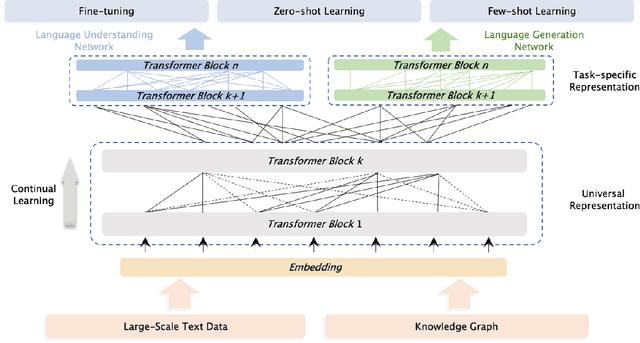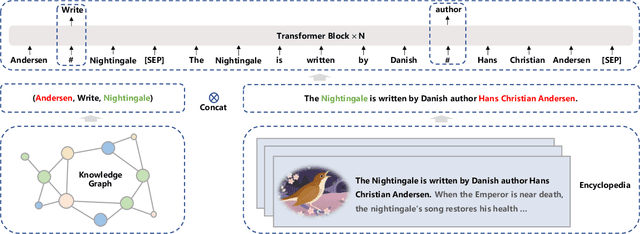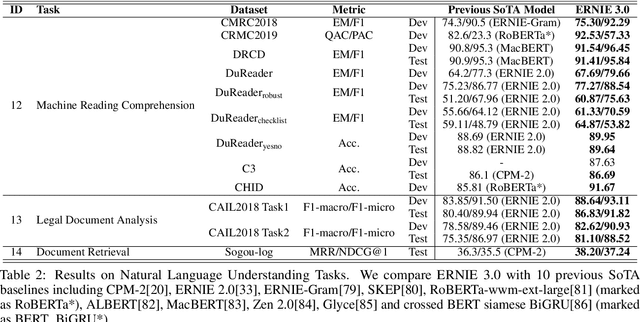Xuan Ouyang
3D Registration in 30 Years: A Survey
Dec 19, 2024



Abstract:3D point cloud registration is a fundamental problem in computer vision, computer graphics, robotics, remote sensing, and etc. Over the last thirty years, we have witnessed the amazing advancement in this area with numerous kinds of solutions. Although a handful of relevant surveys have been conducted, their coverage is still limited. In this work, we present a comprehensive survey on 3D point cloud registration, covering a set of sub-areas such as pairwise coarse registration, pairwise fine registration, multi-view registration, cross-scale registration, and multi-instance registration. The datasets, evaluation metrics, method taxonomy, discussions of the merits and demerits, insightful thoughts of future directions are comprehensively presented in this survey. The regularly updated project page of the survey is available at https://github.com/Amyyyy11/3D-Registration-in-30-Years-A-Survey.
Top1 Solution of QQ Browser 2021 Ai Algorithm Competition Track 1 : Multimodal Video Similarity
Oct 30, 2021



Abstract:In this paper, we describe the solution to the QQ Browser 2021 Ai Algorithm Competition (AIAC) Track 1. We use the multi-modal transformer model for the video embedding extraction. In the pretrain phase, we train the model with three tasks, (1) Video Tag Classification (VTC), (2) Mask Language Modeling (MLM) and (3) Mask Frame Modeling (MFM). In the finetune phase, we train the model with video similarity based on rank normalized human labels. Our full pipeline, after ensembling several models, scores 0.852 on the leaderboard, which we achieved the 1st place in the competition. The source codes have been released at Github.
ERNIE 3.0: Large-scale Knowledge Enhanced Pre-training for Language Understanding and Generation
Jul 05, 2021



Abstract:Pre-trained models have achieved state-of-the-art results in various Natural Language Processing (NLP) tasks. Recent works such as T5 and GPT-3 have shown that scaling up pre-trained language models can improve their generalization abilities. Particularly, the GPT-3 model with 175 billion parameters shows its strong task-agnostic zero-shot/few-shot learning capabilities. Despite their success, these large-scale models are trained on plain texts without introducing knowledge such as linguistic knowledge and world knowledge. In addition, most large-scale models are trained in an auto-regressive way. As a result, this kind of traditional fine-tuning approach demonstrates relatively weak performance when solving downstream language understanding tasks. In order to solve the above problems, we propose a unified framework named ERNIE 3.0 for pre-training large-scale knowledge enhanced models. It fuses auto-regressive network and auto-encoding network, so that the trained model can be easily tailored for both natural language understanding and generation tasks with zero-shot learning, few-shot learning or fine-tuning. We trained the model with 10 billion parameters on a 4TB corpus consisting of plain texts and a large-scale knowledge graph. Empirical results show that the model outperforms the state-of-the-art models on 54 Chinese NLP tasks, and its English version achieves the first place on the SuperGLUE benchmark (July 3, 2021), surpassing the human performance by +0.8% (90.6% vs. 89.8%).
ERNIE-M: Enhanced Multilingual Representation by Aligning Cross-lingual Semantics with Monolingual Corpora
Jan 01, 2021



Abstract:Recent studies have demonstrated that pre-trained cross-lingual models achieve impressive performance on downstream cross-lingual tasks. This improvement stems from the learning of a large amount of monolingual and parallel corpora. While it is generally acknowledged that parallel corpora are critical for improving the model performance, existing methods are often constrained by the size of parallel corpora, especially for the low-resource languages. In this paper, we propose ERNIE-M, a new training method that encourages the model to align the representation of multiple languages with monolingual corpora, to break the constraint of parallel corpus size on the model performance. Our key insight is to integrate the idea of back translation in the pre-training process. We generate pseudo-parallel sentences pairs on a monolingual corpus to enable the learning of semantic alignment between different languages, which enhances the semantic modeling of cross-lingual models. Experimental results show that ERNIE-M outperforms existing cross-lingual models and delivers new state-of-the-art results on various cross-lingual downstream tasks. The codes and pre-trained models will be made publicly available.
Galileo at SemEval-2020 Task 12: Multi-lingual Learning for Offensive Language Identification using Pre-trained Language Models
Oct 07, 2020



Abstract:This paper describes Galileo's performance in SemEval-2020 Task 12 on detecting and categorizing offensive language in social media. For Offensive Language Identification, we proposed a multi-lingual method using Pre-trained Language Models, ERNIE and XLM-R. For offensive language categorization, we proposed a knowledge distillation method trained on soft labels generated by several supervised models. Our team participated in all three sub-tasks. In Sub-task A - Offensive Language Identification, we ranked first in terms of average F1 scores in all languages. We are also the only team which ranked among the top three across all languages. We also took the first place in Sub-task B - Automatic Categorization of Offense Types and Sub-task C - Offence Target Identification.
kk2018 at SemEval-2020 Task 9: Adversarial Training for Code-Mixing Sentiment Classification
Sep 09, 2020


Abstract:Code switching is a linguistic phenomenon that may occur within a multilingual setting where speakers share more than one language. With the increasing communication between groups with different languages, this phenomenon is more and more popular. However, there are little research and data in this area, especially in code-mixing sentiment classification. In this work, the domain transfer learning from state-of-the-art uni-language model ERNIE is tested on the code-mixing dataset, and surprisingly, a strong baseline is achieved. Furthermore, the adversarial training with a multi-lingual model is used to achieve 1st place of SemEval-2020 Task 9 Hindi-English sentiment classification competition.
ERNIE at SemEval-2020 Task 10: Learning Word Emphasis Selection by Pre-trained Language Model
Sep 08, 2020



Abstract:This paper describes the system designed by ERNIE Team which achieved the first place in SemEval-2020 Task 10: Emphasis Selection For Written Text in Visual Media. Given a sentence, we are asked to find out the most important words as the suggestion for automated design. We leverage the unsupervised pre-training model and finetune these models on our task. After our investigation, we found that the following models achieved an excellent performance in this task: ERNIE 2.0, XLM-ROBERTA, ROBERTA and ALBERT. We combine a pointwise regression loss and a pairwise ranking loss which is more close to the final M atchm metric to finetune our models. And we also find that additional feature engineering and data augmentation can help improve the performance. Our best model achieves the highest score of 0.823 and ranks first for all kinds of metrics
 Add to Chrome
Add to Chrome Add to Firefox
Add to Firefox Add to Edge
Add to Edge